The Janiculum
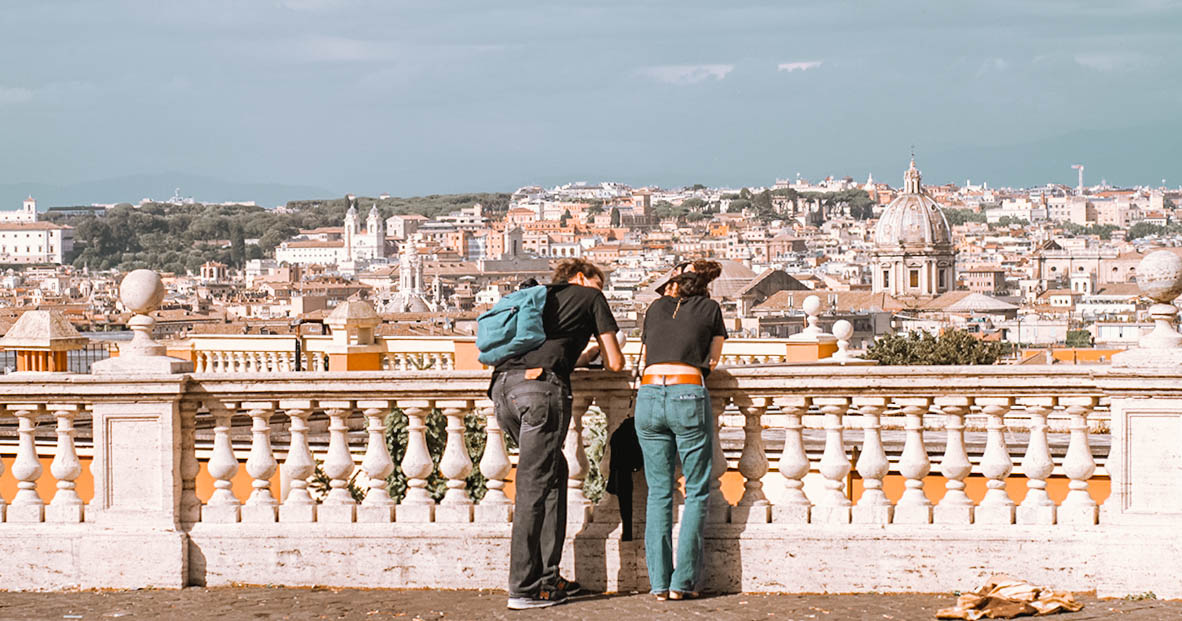
The Janiculum, considered the eighth hill of Rome, is a pleasant place to stroll, enjoying the extraordinary views of the city.
It became very popular for to the important historical role it occupied in defending the city.
Having become the scene of the battle in which Garibaldi fought the French troops, its summit is now full of sculptures in homage to the Italian patriot.
What to see in the Janiculum area
The Janiculum is a very pleasant area for walking, with its cheerful environment, away from the chaos of the city.
Usually there are activities for children, such as puppet shows or pony rides.
These are some of the most interesting places to visit in the area:
The Fountain of Acqua Paola


The Fountain of Acqua Paola:
also called Fontanone, in Roman jargon: It is a monumental marble fountain, created in the 17th century to celebrate the reopening of the ancient Roman aqueduct.
Manfredi lighthouse

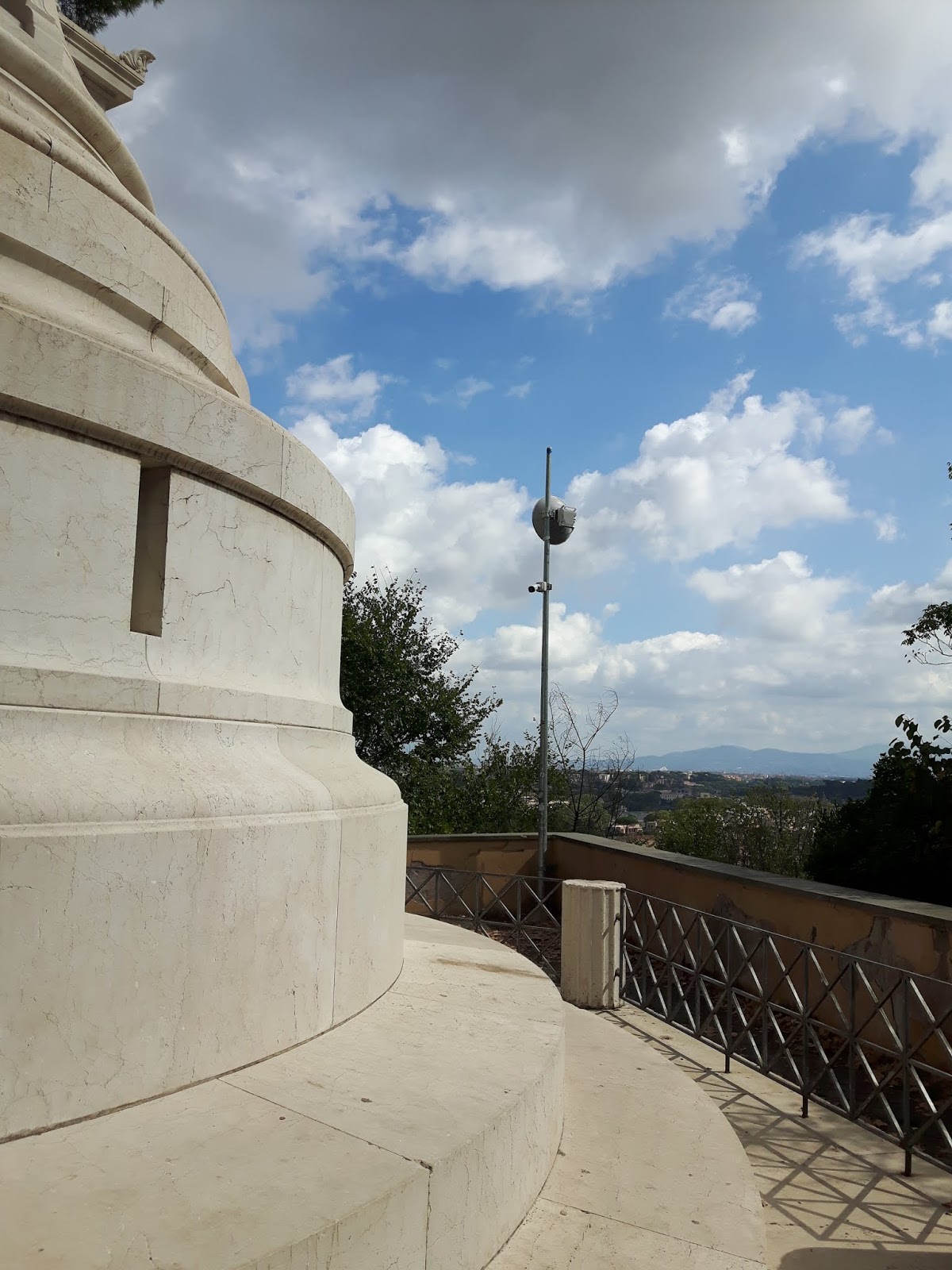
Manfredi lighthouse:
the beautiful lighthouse built in 1911 was a gift from the Italians who emigrated to Argentina.
Church of San Pietro in Montorio
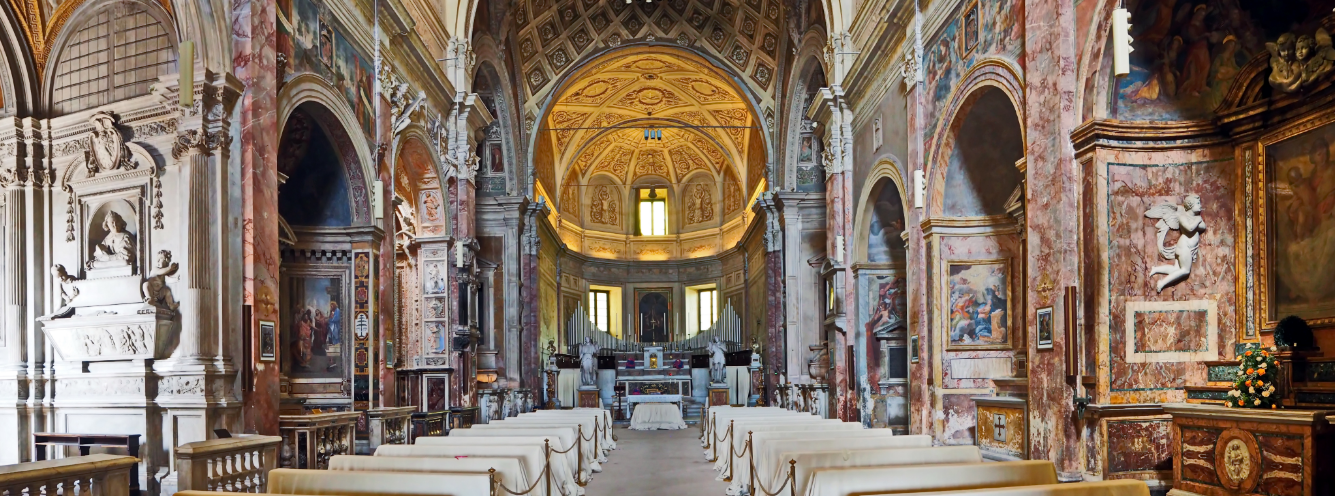
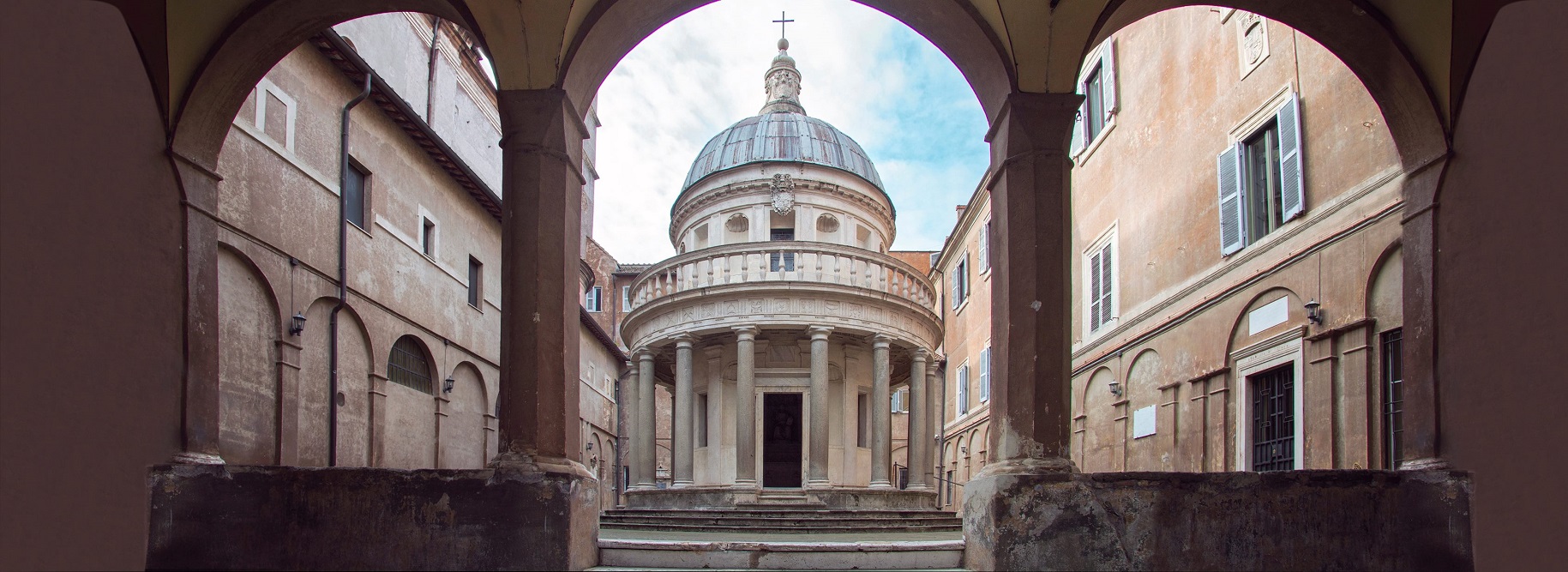
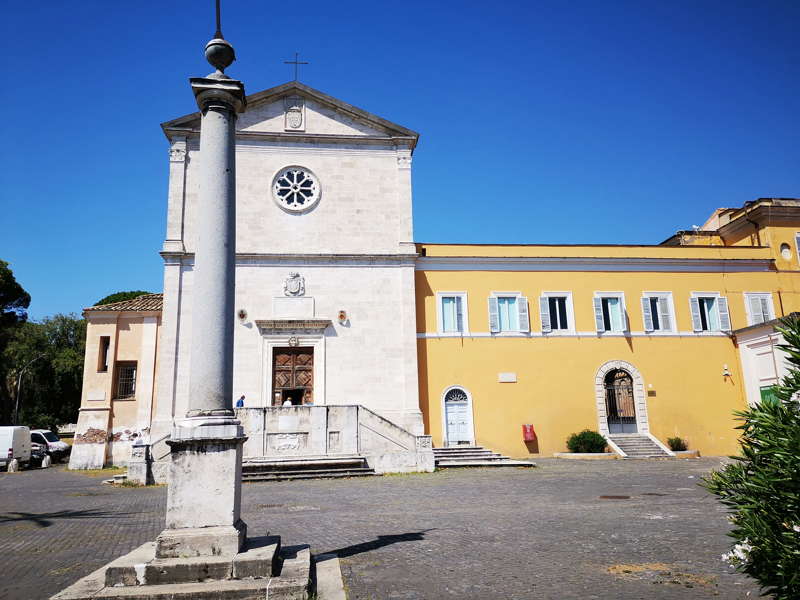

Church of San Pietro in Montorio:
Part of a Franciscan monastery, the church remained open to the public until today. In its courtyard is the Tempietto di Bramante, a small temple erected in the place where St. Peter was crucified.
It is a favorite destination for many, to celebrate their wedding, thanks to the splendid view of the whole city that it offers.
Garibaldi statue


Monument to Garibaldi:
The bronze equestrian statue depicting Garibaldi is part of the park that commemorates the resistance on the Janiculum Hill against the French army in 1849.
In the splendid setting of the Janiculum there is also the Banbin Gesù hospital, owned by the Vatican City.
Its fame for the care of pediatric and neo-infantile patients is a source of pride all over the world …

gabbiaservices

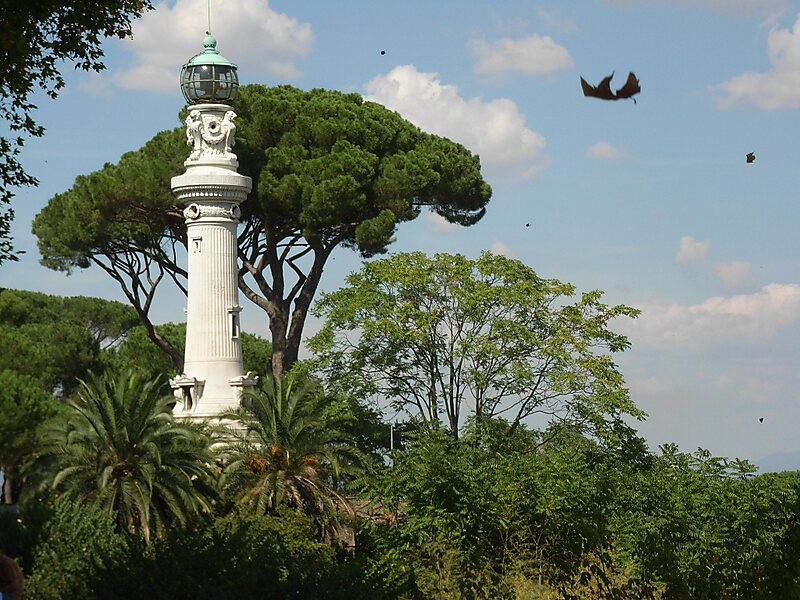
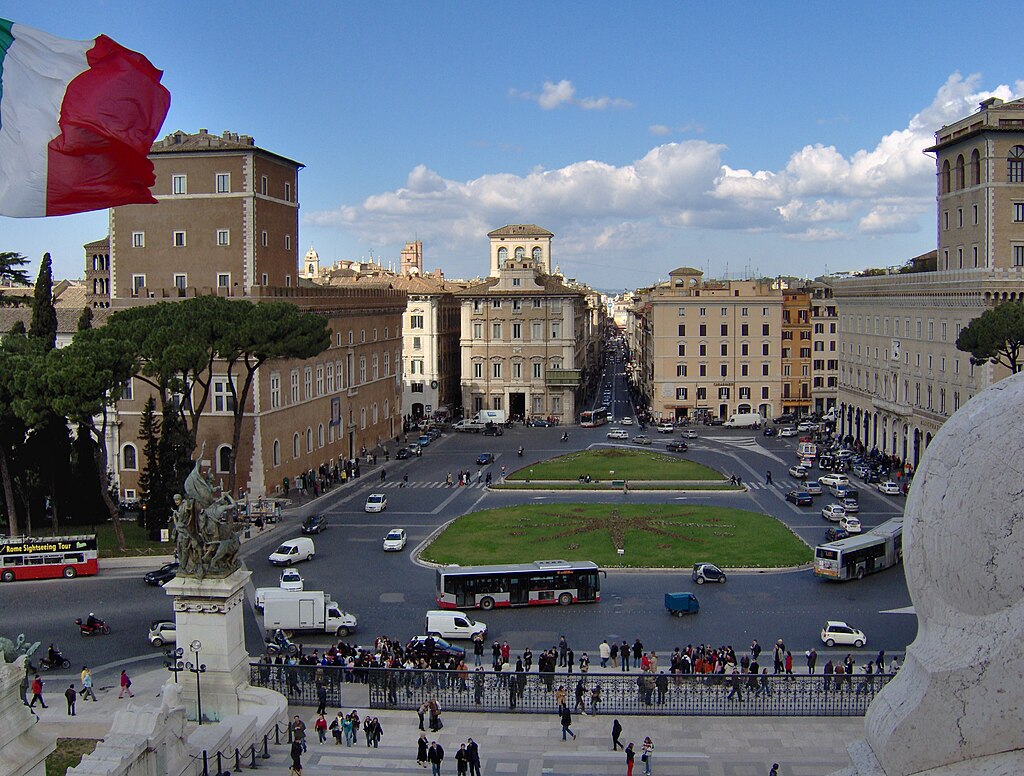

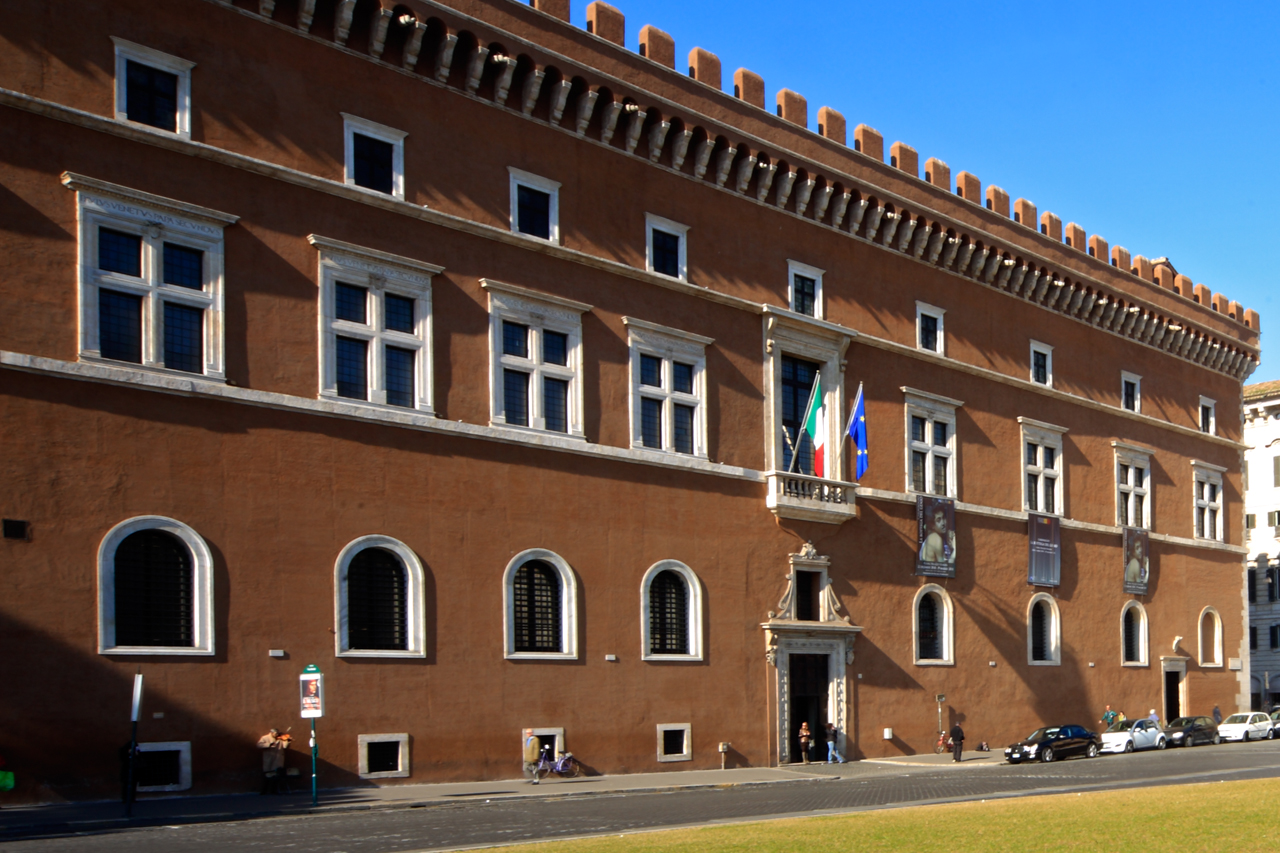







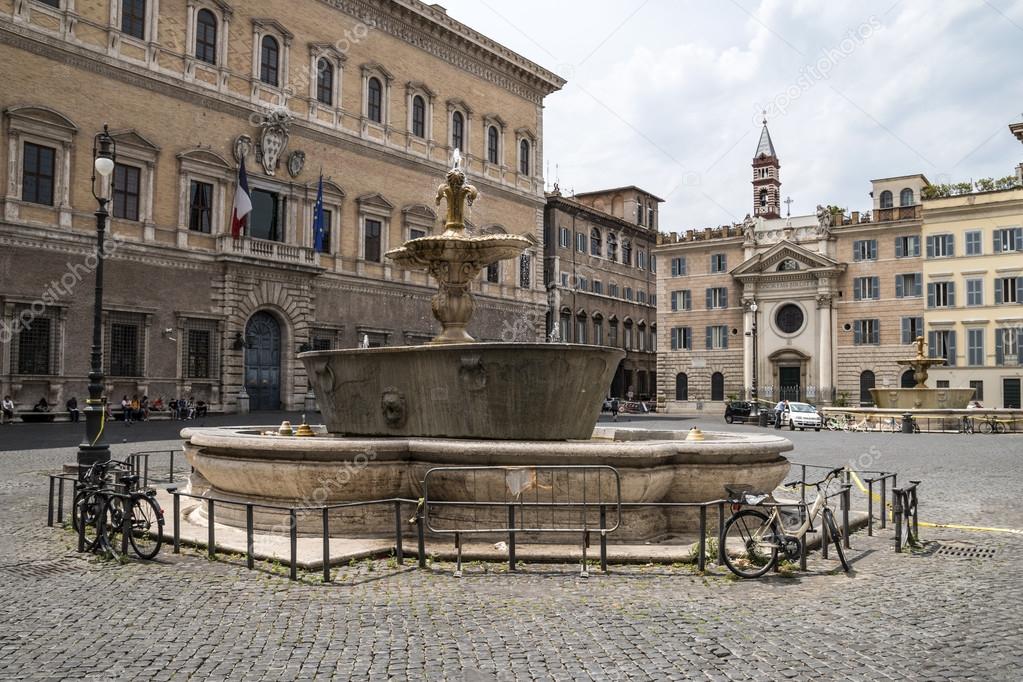





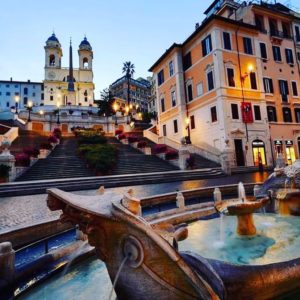

Recent Comments